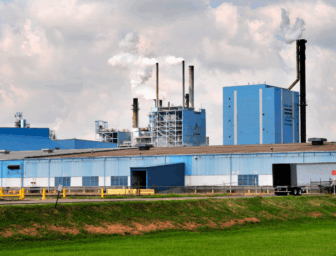Last week, Ehrlich unveiled the Clean Power Rule, his version of the initiative. But some environmentalists say that the regulation’s timetable and targets mean it “does half of what the Healthy Air Act does,” said Brad Heavner, director of the Maryland Public Interest Research Group, an environmental watchdog group. Although “the Healthy Air Act has been introduced four times,” he said, “I think some version of the bill will pass this year.”
Ehrlich’s Land Funding Too Late, Watchdogs Say
By Elizabeth Williamson
Washington Post Staff Writer
Tuesday, January 17, 2006; B02
Maryland Gov. Robert L. Ehrlich Jr.’s pledge to fully fund open-space preservation programs mollified but didn’t completely placate 300 legislators and environmentalists who met yesterday to preview what they call a critical year for environmental legislation.
Ehrlich announced yesterday that his proposed fiscal 2007 budget will include $258 million for Program Open Space, which uses a portion of real estate closing taxes to buy and preserve land for recreational use. If approved by the General Assembly, it would be the first time in four years that open-space funding hasn’t been raided to pay for unrelated needs.
Over four decades, Maryland has lost more than half of its farmland, according to the Chesapeake Bay Foundation. The governor’s proposal also includes $115 million for farmland preservation, including money for people who plant such winter “cover crops” as ryegrass, which stems erosion and soaks up excess nutrients that would otherwise run off and pollute waterways.
Other plans related to bay cleanup include money for restoring the Corsica River on the Eastern Shore, upgrading sewage treatment plants and planting grasses to protect against pollution and erosion.
At yesterday’s Environmental Legislative Summit, Marcia Verploegen Lewis, campaign director for Partners for Open Space, a coalition of 130 advocacy groups, praised the restoration of the open-space funding but added that over four years, $269 million has been diverted from the program.
Several speakers emphasized that this legislative session, held in an election year, would provide a better opportunity for passage of the Healthy Air Act, which targets the amounts of four pollutants — mercury, carbon, nitrogen and sulfur — released by power plants.
Last week, Ehrlich unveiled the Clean Power Rule, his version of the initiative. But some environmentalists say that the regulation’s timetable and targets mean it “does half of what the Healthy Air Act does,” said Brad Heavner, director of the Maryland Public Interest Research Group, an environmental watchdog group. Although “the Healthy Air Act has been introduced four times,” he said, “I think some version of the bill will pass this year.”




